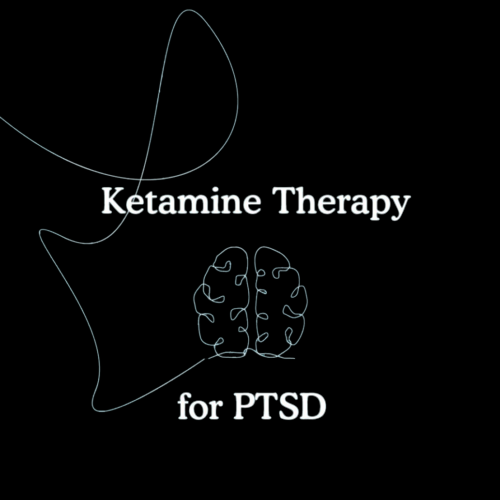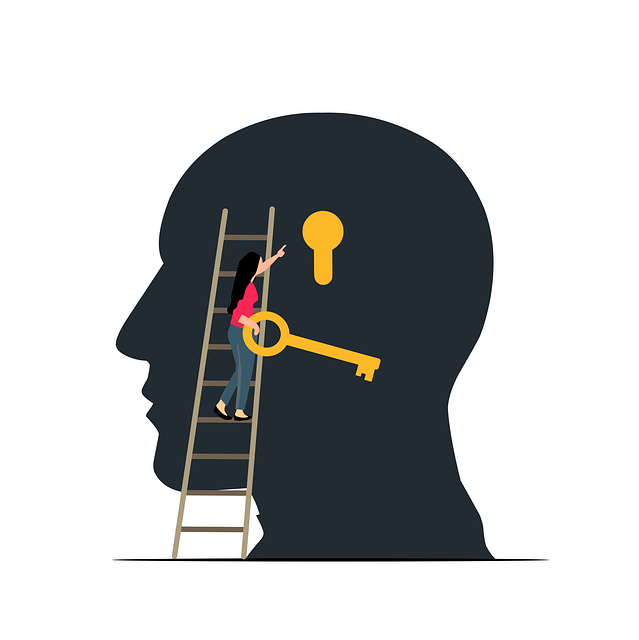One kind of dissociative condition is dissociative identity disorder, formerly known as multiple personality disorder. It is one of the three main dissociative disorders, along with dissociative amnesia and depersonalization-derealization disorder.
People with dissociative disorders can be found in all age groups, racial and cultural backgrounds, and races. According to estimates from the National Alliance on Mental Illness (NAMI), dissociative disorders affect roughly 2% of the population.
What is dissociative identity disorder?
Dissociative identity disorder (DID), formerly called multiple personality disorder, is a multifaceted psychological disorder. These include severe early-life trauma (typically severe, persistent abuse—physical, sexual, or emotional). A different name for it is split personality disorder.
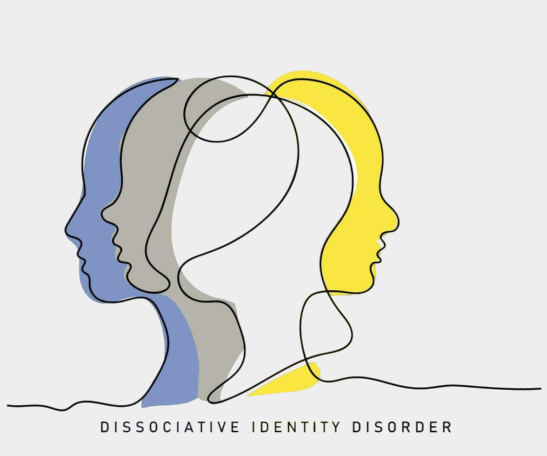
Dissociation is a mental process that results in a loss of connection in your memories, thoughts, feelings, behaviors, and sense of self. DID is a severe form of dissociation. It is believed that the dissociative feature is a coping technique whereby you figuratively cut yourself off from an event or circumstance that is too violent, traumatic, or agonizing for you to integrate into your conscious self.
Signs and symptoms of DID
Two or more separate or split identities or personality states that consistently control your behavior are characteristics of DID. Important personal information that is too extensive to be accounted for by simple forgetfulness is also absent. Very different, sometimes erratic memory fluctuations are also a feature of DID.
The following are some major ways that DID alters your experience of life:
- You don’t feel connected to your body. One term for it is “out-of-body” experience. We refer to this as depersonalization.
- The world appears hazy or distant, or you get the impression that it isn’t genuine. We refer to this as derealization.
- When you have amnesia, you are unable to remember important details about yourself that are too detailed to be attributed to simple forgetfulness. Additionally, you may experience micro-amnesias, in which you lose track of the topic of an important conversation or the discussion you are now having.
- You seem to be unsure of your identity. We refer to this as identity change or confusion. Having difficulty defining your interests in life, your political, religious, or social opinions, your sexual orientation, or your career goals are examples of identity uncertainty. You might also notice changes in space, time, and circumstances.

Dissociated states are recognized to reflect a fragmented sense of identity rather than fully developed personalities. When you have the kind of amnesia commonly linked to DID, you remember distinct parts of yourself in different identity states. Usually, there is a personality known as the “host” that goes by your actual name. Most of the time, your host personality is oblivious to your other personalities.
Treatment for DID
There are no official, research-based treatment guidelines for DID. A lot of therapies are contentious or based on case studies.
Dissociative identity disorder has no known cure, although if a patient is dedicated to long-term care, it may be beneficial. Among the effective treatments are:
Psychotherapies
Often known as talk therapy, this is intended to assist you in overcoming the triggers that cause your DID. Helping you “fuse” your various personality features into a single, cohesive personality that can manage your triggers is the aim. Your family members will often participate in this therapy.
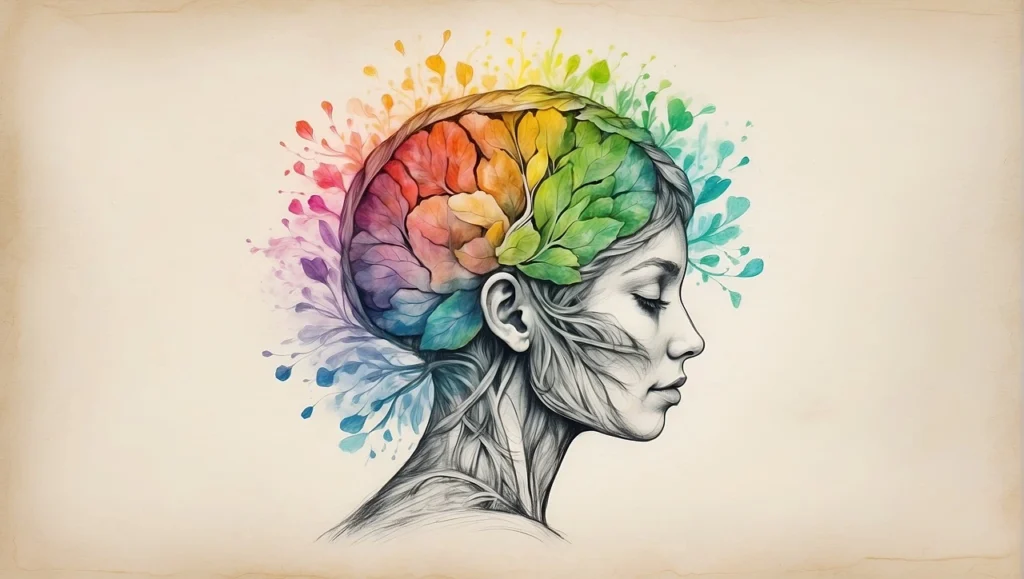
Cognitive behaviour therapy
One popular kind of talk therapy (psychotherapy) is cognitive behavioral therapy, or CBT. You engage in structured treatment with a mental health counselor (also known as a psychotherapist or therapist), attending a set number of sessions. CBT assists you in recognizing false or negative thought patterns so you may perceive difficult situations more clearly and react to them more skillfully.
For the treatment of mental health conditions including depression, eating disorders, or post-traumatic stress disorder (PTSD), cognitive behavioral therapy (CBT) can be a very useful technique, either by itself or in conjunction with other therapies. However, not everyone who gains from CBT suffers from a mental illness. CBT is a useful tool for teaching people how to deal with stressful events in their lives more effectively.
Dialectical behavioral therapy
A variation of cognitive behavioral therapy (CBT) is dialectical behavior therapy (DBT). Its primary objectives are to teach people how to manage their emotions, live in the present, and build constructive coping mechanisms for stressful situations.
Although DBT was first developed to address borderline personality disorder (BPD), it has now been modified to treat a variety of other mental health issues. It can benefit those who struggle to control their emotions or who engage in self-destructive habits (such as substance abuse disorders and eating disorders). It is also occasionally used to treat post-traumatic stress disorder (PTSD) with this kind of therapy.

- Patients receiving group therapy learn behavioral skills in a group environment.
- Individual treatment with a qualified practitioner in which the patient’s acquired behavioral skills are customized to address specific obstacles in their own lives.
- Through phone coaching, clients can get advice on how to handle a challenging circumstance they are currently facing by calling the therapist in between sessions.
EMDR therapy
A relatively recent, unconventional form of psychotherapy is called eye movement desensitization and reprocessing (EMDR). It is becoming more and more well-liked, especially for the treatment of posttraumatic stress disorder (PTSD). PTSD frequently develops following events like sexual assault, car accidents, military warfare, or physical abuse.
Despite evidence of its effectiveness, EMDR is still contentious among certain medical practitioners. EMDR seems to take a unique approach to treating psychological problems at first appearance. It doesn’t rely on medicine or talk therapy. EMDR makes use of the patient’s own quick, regular eye movements instead. These eye movements can lessen the impact of emotionally charged memories of prior traumatic events with the assistance of an EMDR therapist.
Hypnotherapy
Guided hypnosis is used in hypnotherapy, also known as hypnotic suggestion, to assist a patient in entering a trance-like state of increased suggestibility, decreased peripheral awareness, and focused attention. This kind of state is akin to losing yourself entirely in a book, film, piece of music, or even your own thoughts or meditations. In it, a subject is remarkably receptive to a concept or image, yet they are not “controlled” by anyone.
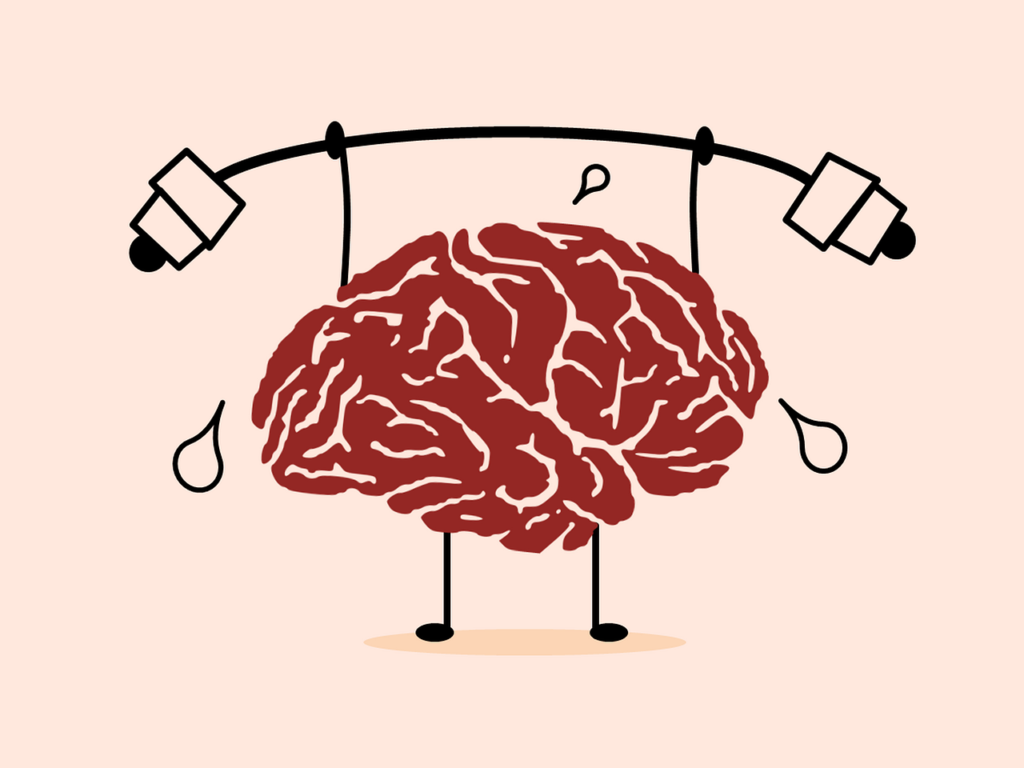
Rather of attempting to force clients to change their behavior, a skilled clinical hypnotherapist can assist them in this state by helping them to relax and focus inward, where they can find and use resources inside themselves to help them better manage pain or other physical issues. A client eventually has the ability to deal with their levels of awareness independently and in doing so.
Medications
DID is occasionally treated with medication as well. Your doctor may utilize drugs for associated mental health symptoms even if none are expressly recommended for the treatment of dissociative disorders.
Among the drugs that are frequently utilized are:
- anti-anxiety drugs
- antipsychotic medications
- depression-fighting drugs

